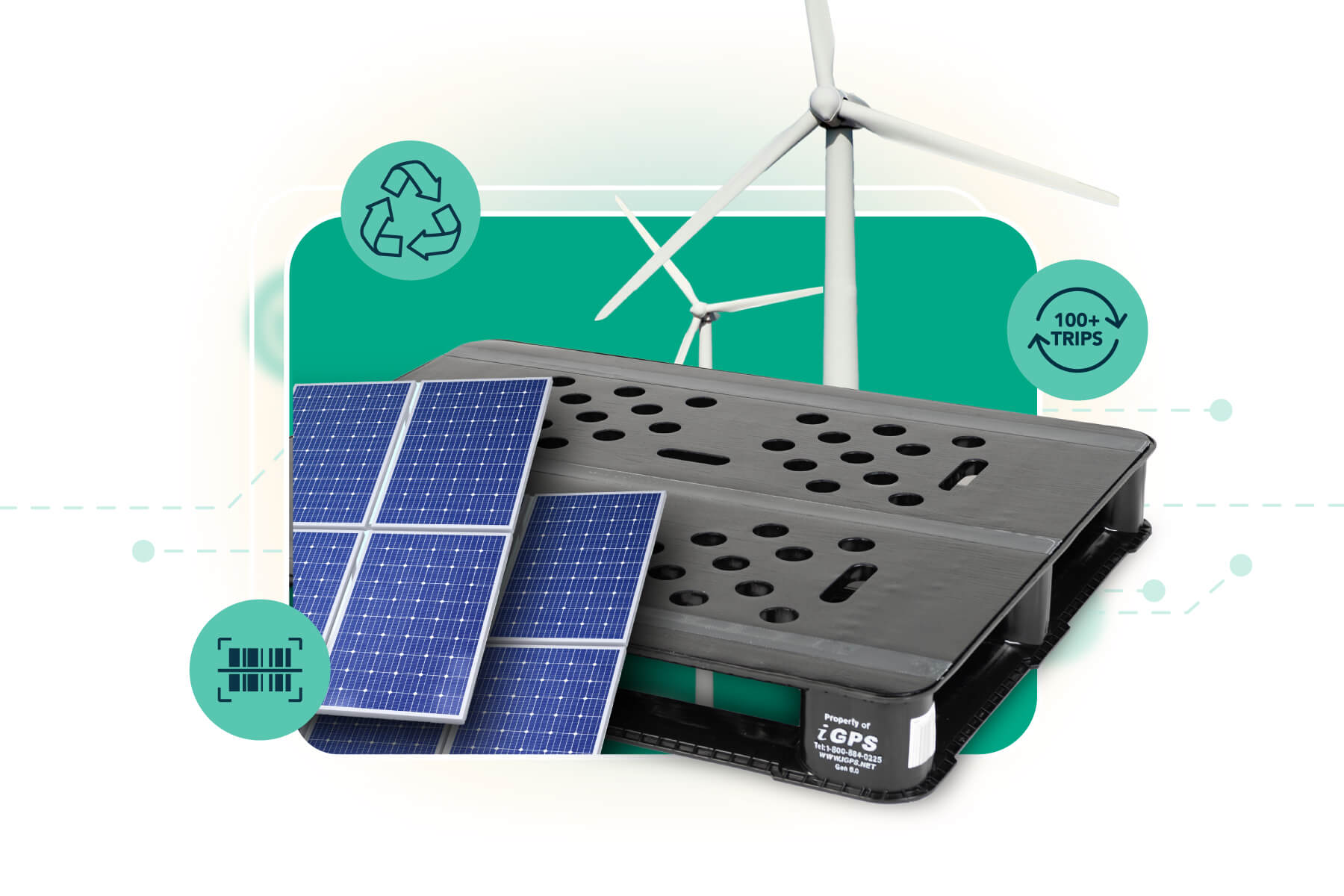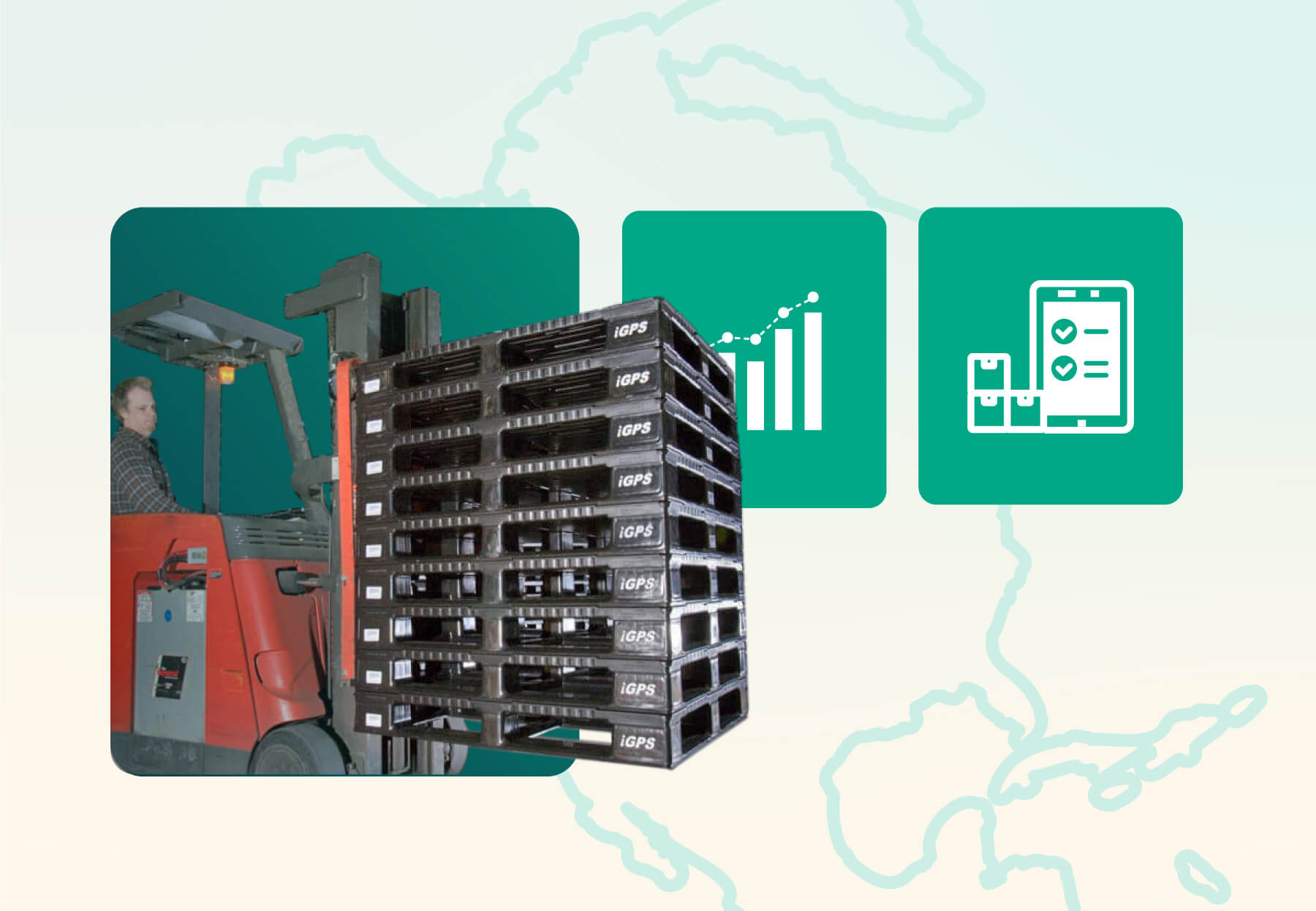Key Takeaways
- A vast majority of supply chain emission are categorized as indirect and often represent the largest emission source among businesses.
- Enhanced business resilience is a significant benefit of sustainable supply chains.
- Regulations and stakeholder audiences—particularly among consumers and investors—have been a driving force behind greater corporate transparency.
- A multi-pronged action plan is required to comprehensively reduce overall emissions. A first step begins with mapping emissions hot spots.
Understanding Supply Chain Emissions
The greenhouse gas (GHG) emissions that are produced at every stage of a product’s lifecycle—from the extraction of raw materials to the final delivery to customers—are known as supply chain emissions. Commonly categorized under “Scope 3 emissions” by the Greenhouse Gas Protocol, these emissions include a wide range of indirect sources (e.g., business travel, employee commuting, electricity used by outsourced manufacturers, and fuel burned by a supplier’s delivery truck).
Notably, supply chain emissions fall outside a company’s direct control. Whereas Scope 1 emissions are direct emissions from company-owned operations, Scope 2 emissions are indirect emissions from purchased energy—which often accounts for 70% or more of a company’s total carbon footprint. Accordingly, understanding and managing these emissions has become a priority for organizations that track sustainability.
Why Is It Important to Make Supply Chains More Sustainable?
Supply chain emissions is crucial from both an environmental and business resilience perspective. Supply chains are being disrupted globally through climate change, extreme weather events, resource scarcity, and shifts in regulatory frameworks. Reducing emissions helps mitigate these risks by building more robust systems that can quickly adapt to challenges.
Increased expectations across stakeholders—i.e., consumers, investors, and regulators—brings increased attention to the need of sustainability in supply chains. To increase transparency around emissions, governments around the world are introducing climate disclosure regulations. Investors are increasingly evaluating Environmental, Social, and Governance (ESG) performance when making decisions, and consumers are choosing to buy from brands that most align with their values. Businesses that ignore their supply chain impact risk reputational damage, loss of market share, and even regulatory penalties.
There is also a compelling financial case for the reduction of supply chain emissions, beyond compliance and reputation. Lower energy use, less waste, and reduced costs over time come as a direct result of efficient, low-carbon operations. By “greening” supply chains, business may also unlock opportunities for innovation, such as the integration of sustainable sourcing practices.
How to Reduce the Carbon Footprint of Your Supply Chain
A multifaceted approach is required to reduce supply chain emissions that combines data transparency, strategic collaboration as well as the adoption of sustainable practices across procurement, logistics, and production. As a first step, business will benefit from the completion a comprehensive emissions assessment. This involves mapping the entire supply chain and identifying carbon hotspots—areas or activities with disproportionately high emissions. These often include raw material extraction, overseas transportation, energy-intensive manufacturing, or waste management practices.
Once identified, companies can begin to target high-impact areas with emission-reducing strategies. Supplier engagement is one of the most effective methods. Organizations should work closely with vendors to establish sustainability goals, share best practices, and encourage the use of renewable energy. Many companies are now integrating environmental performance into vendor evaluations and contracts, which provides suppliers with incentives to reduce their own emissions.
Another impactful strategy is switching to low-carbon transportation. For example, consolidating shipments, using electric or biofuel-powered vehicles, and choosing rail over road freight are all potential swaps that businesses may implement. Redesigning packaging to reduce weight and increase efficiency also contributes to fewer emissions per unit shipped. For global operations, choosing regional or local suppliers can drastically reduce transportation emissions.
Sustainable procurement is another key lever. Carbon intensity can be cut significantly by selecting materials with lower embedded emissions, such as recycled or responsibly sourced inputs. Several organizations have adopted circular supply chain models where products and materials are reused, refurbished, or recycled rather than disposed of. This not only lowers emissions but also extends product life and reduces dependence on virgin resources.
Emissions reductions are also greatly impacted by digital tools. Businesses streamline logistics, reduce waste, and anticipate supply chain disruptions through supply chain management platforms with real-time tracking and AI-based forecasting. Carbon accounting software allows firms to measure and verify emissions data more accurately, supporting better decision-making and reporting.
Transparency and reporting are also essential to success. Through third-party verified ESG reports, companies may publicly share their supply chain emissions data and progress. This builds trust with stakeholders and demonstrates a commitment to long-term sustainability goals.
Frequently Asked Questions
What are Scope 3 supply chain emissions, and why are they challenging to manage?
Scope 3 emissions refer to indirect greenhouse gas (GHG) emissions that occur across a company’s value chain, outside of its direct operations. These include emissions from activities such as supplier manufacturing, product transportation, business travel, employee commuting, and waste disposal. They are challenging to manage because they lie beyond the organization’s direct control, requiring collaboration with numerous third-party entities and visibility into complex, global processes. Despite these challenges, they often constitute the largest share of a company’s total emissions, making them a critical focus for sustainability strategies.
How can businesses begin reducing emissions in their supply chains?
Conduct a full emissions assessment. This exercise allows business to effectively map their supply chain, identify carbon-intensive hotspots, and enables targeted actions:
- Partnerships with suppliers to set shared sustainability goals.
- Shifts to low-carbon transportation options like electric vehicles or rail freight.
- Selection of locally sourced or lower-emission materials.
- Adoption of circular supply chain practices (i.e., reuse, recycle, refurbish).
- Deployment of digital tools like carbon accounting software and AI-driven supply chain management to optimize efficiency and forecast disruptions.
What are the benefits of making supply chains more sustainable?
Sustainable supply chains offer numerous benefits beyond environmental protection, which include but are not limited to:
- Business resilience: Enhanced ability to withstand disruptions from climate events or resource scarcity.
- Regulatory compliance: Staying ahead of increasingly stringent climate disclosure requirements.
- Stakeholder trust: Meeting consumer, investor, and regulatory expectations for transparency and sustainability.
- Cost savings: Reduced energy use, waste, and long-term operational costs.
- Innovation opportunities: The creation of additional value through sustainable sourcing, design, and logistics improvements.
Companies striving to optimize their supply chain operations and control costs depend on durable, lightweight iGPS plastic pallets for all their shipping needs. For more information, contact us at 1-800-884-0225, email a specialist at switch@igps.net, or visit our contact page.



